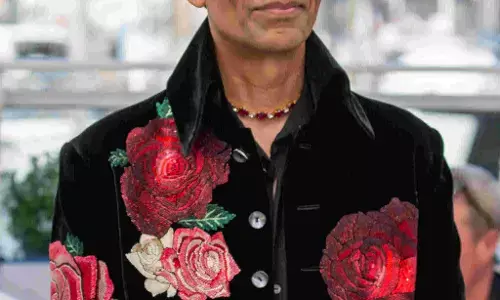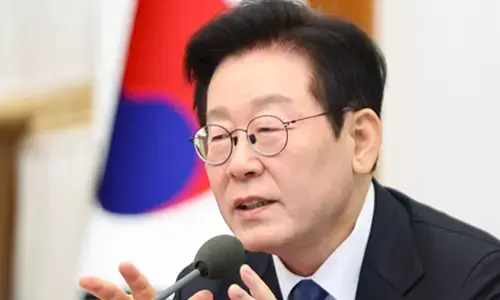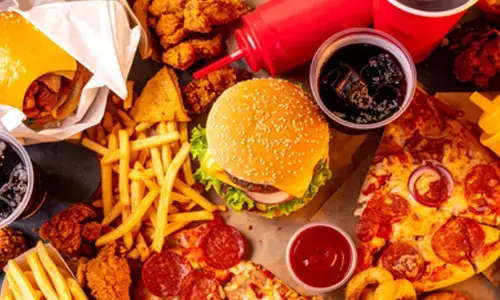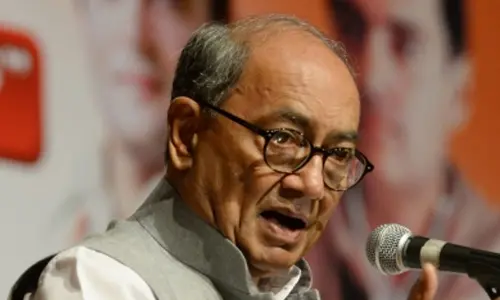Poll manifesto promise to cap LPG prices

At a time when ruling BJP is working full swing to retain power in Uttarakhand, the election manifesto of the Congress is something that can win the hearts of the middle class.
At a time when ruling BJP is working full swing to retain power in Uttarakhand, the election manifesto of the Congress is something that can win the hearts of the middle class. Of all the promises it made, the capping of LPG cylinder price to Rs 500 per cylinder is very appealing, given the prevailing situation of Covid-related lockdowns and economic slowdown. On 23rd January, The Congress promised to keep LPG cylinder price below Rs 500. A day later, the BJP slammed the scheme that "Congress is announcing populous scheme just to seek votes. Why they announced now & not in when they were in power? Their government won't be formed in Uttarakhand."
It has also raised eyebrows as it was announced by the Congress which was responsible for increasing the prices during their long spells in power. Back in 2012, the then Congress had hiked the price of non-subsidised LPG cylinders by Rs 24, making it available at Rs 922 per cylinder. The present price ranges between Rs 899 and Rs 1,000 with the highest being in Patna at Rs 998 per cylinder.
The price is determined by the State-run oil companies and is revised on a monthly basis. The Government of India is currently providing subsidy on the sale of domestic LPG cylinders to the consumers. The subsidy amount is directly credited to the individual's bank account after the purchase of the cylinder. The subsidy amount varies every month and is dependent on the changes in the average international benchmark LPG prices.
Whether it will woo the voters or not, this promise, if implemented, can benefit the below-poverty-line (BPL) population whose pockets are burning due to the economic impact of Corona and the increased fuel prices. Currently, the domestic LPG cylinders in Uttarakhand are provided at Rs 918.50 per cylinder. The government is also giving subsidised rates to the low income groups. Although the State is comparatively less poor than its parent State (Uttar Pradesh), it has BPL population accounting for 40 percentof the total headcount. Earlier, there was provision for subsidizedcylinders at Rs 422 rupees. However, the direct LPG subsidy was stopped by the Union government with effect from May 2020 and not revived ever since.
How will it benefit?
The present uncertain times and the lockdowns scared the working population, small businessmen, middle income groups and poor equally as they suffer the loss of income. In this scenario, the subsidised LPG only to poor sections does not suffice as all sections are suffering. Thus, capping the cylinder price to below Rs 500 can actually bring relief to all as LPG is the main fuel for cooking.Not only Uttarakhand but It will be beneficial if all the States follow the cue. The agriculturally predominant country has huge population of the poor.
Given the rising petrol and diesel prices, the capping of LPG cylinder prices can prove to be of great relief for the entire population. If not on permanent basis, the Government should at least cap the rate for the next couple of years till the economy reels back to normalcy.The Union government earns 5 per cent GST imposed on the LPG cylinders while the State governments share 2.5 percent out of it. In terms of rupees, the government is earning a good sum.
The retail selling price of domestic gas was Rs 410.5 per 14.2-kg cylinder on March 1, 2014. Now, the same cylinder costs Rs 819. The end consumer is further burdened as the Government has eliminated or reduced subsidies on LPG. India has about 27.76 crore LPG consumers. Of these, around 1.5 crore are not eligible to get LPG subsidy since December 2016 because they have an annual taxable income above Rs 10 lakh. This leaves some 26.26 crore consumers who were eligible to get the subsidy relief under the Direct Benefit Transfer scheme. Out of this lot as well, 18 crore consumers are not receiving any subsidy.
The Government is now focusing on providing relief only to the poor and an amount of Rs 9709.86 crore has been transferred into the accounts of about 8 crore beneficiaries, who could take three free LPG cylinders during the Covid pandemic. In May 2020, with the price gap between subsidised and non-subsidised cylinder becoming nearly same, the Government eliminated the oil subsidy. Thereafter, the Government has completely eliminated oil subsidy and it is spending the savings on other welfare activities. It is estimated that the government easily made a saving of over Rs 20,000 crore in Financial Year 2021-22 towards LPG subsidy plus the revenues on the taxes levied.
Is it feasible?
If at all the Government caps the cylinder rates, then it will have to bear the extra burden of revenue loss of thousands of crores of rupees. All the States will also lose their bit of the tax share too. From the point of consumers, it isa big relief but it will cost the public exchequer very hard. Thus, the Government can revive back the DBT system with subsidiesrestricted only to below-poverty-line families or it can cap all the cylinders at Rs 500 per cylinder. The later idea does not seem very flexible with the changing crude oil prices across the world.
Time and again, the Congress party is known for capping the number of subsidized cylinders per household and also its prices and vice versa. Even now, the same tactic may work well in their favor to woo the votes. The idea can be worked on. For the time being, it can be implemented across the country but not in the long run.
The elections to the assembly are due on February 14 and it is going to be a close fight between the BJP and Congress, while the debutant Aam Aadmi Party (AAP) may play a spoilsport by cutting into the vote share of both the parties.
















